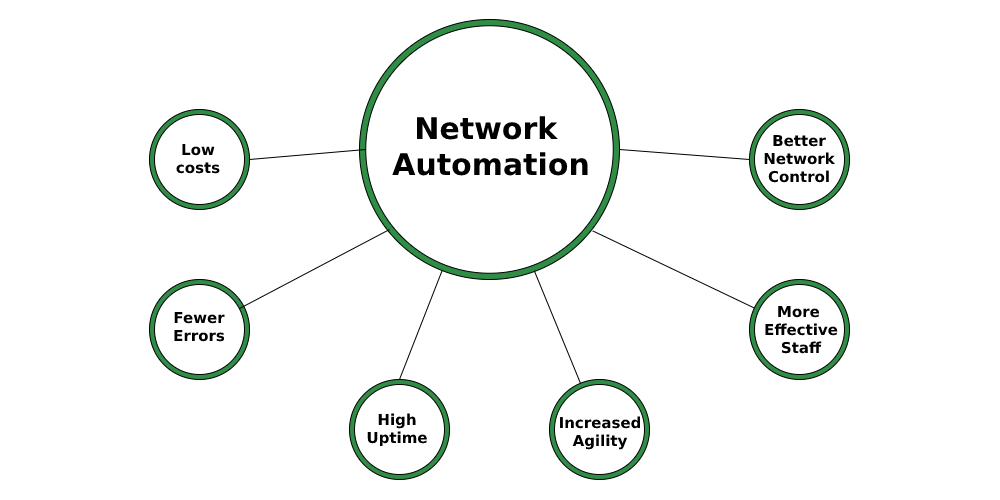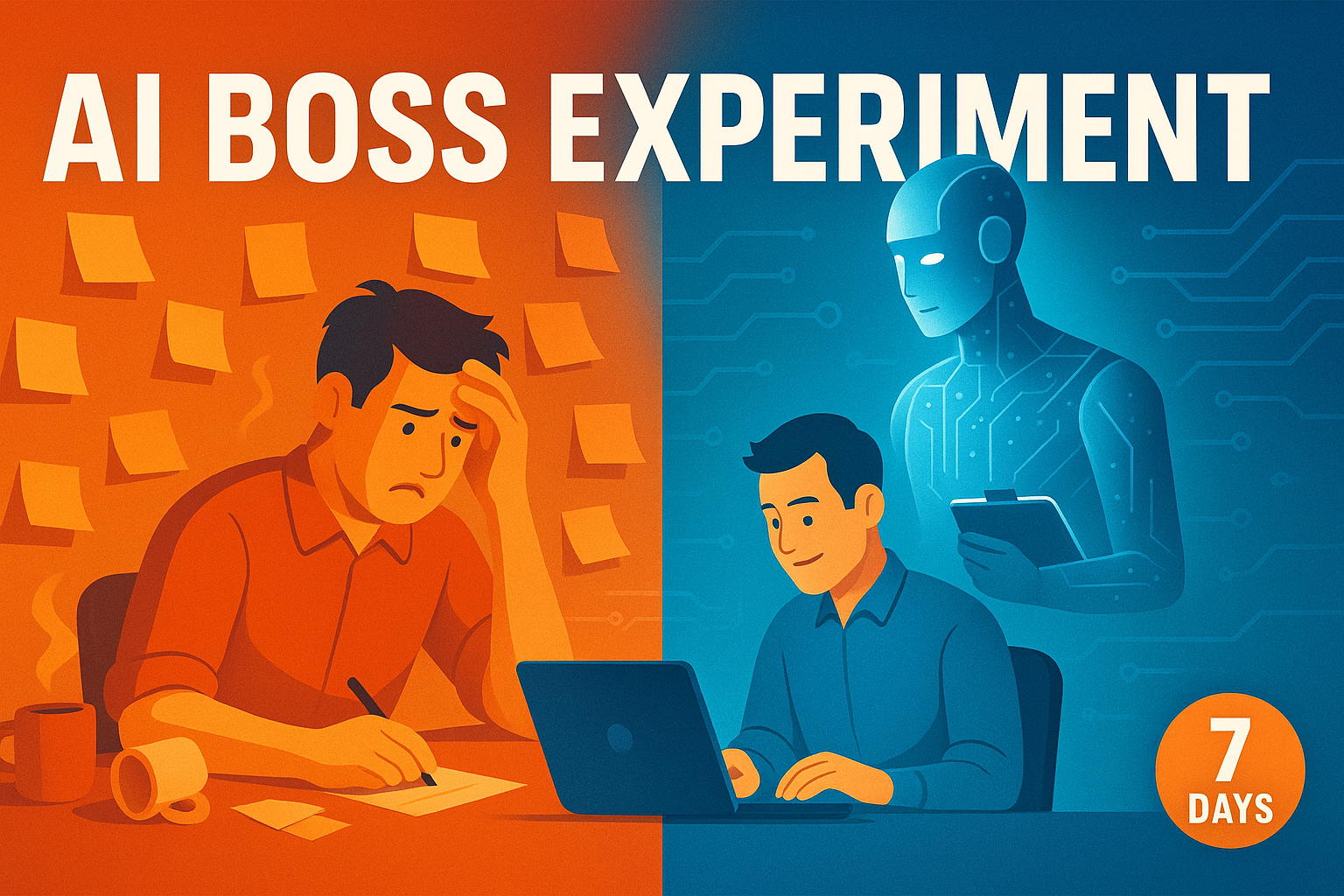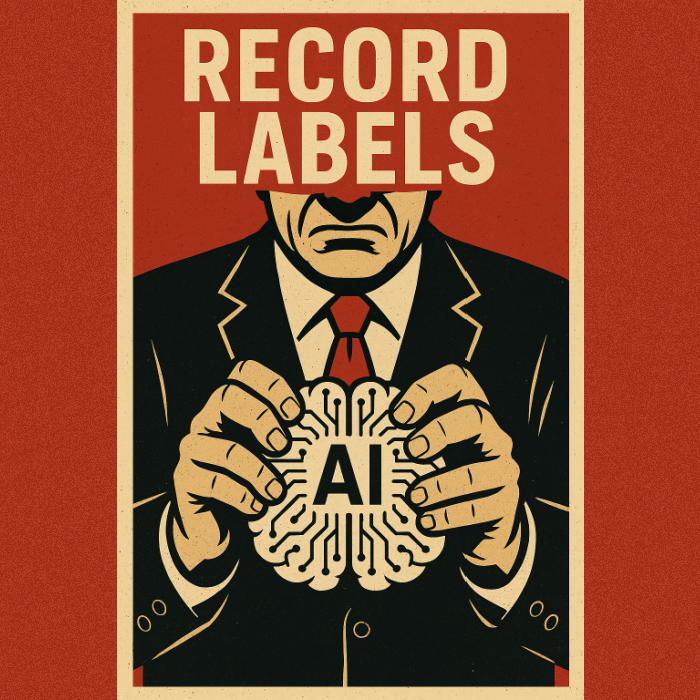
Raed Abedalaziz Ramadan: Steering Saudi Investment Toward the Future with AI and Digital Currencies
In an era marked by rapid technological advancements, the intersection of artificial intelligence and digital currencies is reshaping global investment landscapes. Industry leaders like Raed Abedalaziz Ramadan are pioneering efforts to integrate these innovations within Saudi Arabia’s economic framework. This article delves into how AI and digital currencies are being leveraged to position Saudi investments for future success, providing insights, strategies and practical implications for stakeholders.
Dev Orbit
July 27, 2025
Introduction
As the global market evolves, investors and businesses are increasingly faced with the challenge of adapting to digital transformations and technological advancements. In Saudi Arabia, this transformation is epitomized by the initiatives led by Raed Abedalaziz Ramadan, a figure who embodies the shift towards integrating AI and digital currencies into the nation’s investment strategies. Embracing these technologies is not merely an option; it's a necessity for future-minded investors looking to stay ahead of the curve. This article will unpack these dynamics, illustrating the promise of AI and digital currencies in reshaping the Saudi investment landscape.
The Rise of AI in Saudi Investment Strategies
Artificial intelligence has emerged as a significant driver of innovation across various sectors, including finance, healthcare and logistics. In Saudi Arabia, the adoption of AI is reshaping investment frameworks and yielding strategic advantages.
Data-Driven Decision Making: AI empowers investors with real-time data analytics, enabling informed decision-making. For example, AI algorithms can analyze market trends, consumer behavior and economic indicators to predict potential investment opportunities.
Risk Management: By employing machine learning models, investors can assess risk factors associated with various investments. Such capabilities allow for enhanced risk mitigation strategies that are crucial in fluctuating markets.
Efficiency and Cost Reduction: Automating tasks with AI not only enhances operational efficiency but also reduces costs. For instance, AI-based chatbots provide 24/7 customer support, improving client engagement without substantial resource investment.
Companies that have integrated AI into their strategies have reported improved performance metrics. For example, Saudi banks are utilizing AI to optimize loan underwriting processes, significantly reducing turnaround times and enhancing customer satisfaction. This trend indicates a broader acceptance and anticipation of AI's role within the Saudi investment environment.
Digital Currencies and Their Role in Investment
With the rise of cryptocurrencies like Bitcoin and Ethereum, the concept of digital currencies has taken center stage in financial conversations. Raed Abedalaziz Ramadan recognizes the importance of integrating digital currencies into investment strategies.
Increased Accessibility: Digital currencies lower the barrier to entry for investors globally, allowing individuals without traditional banking access to participate in financial markets. This democratization of finance opens new avenues for capital inflow and investment diversity.
Transaction Efficiency: Cryptocurrencies facilitate quicker transactions with lower fees compared to traditional banking systems. This efficiency is particularly beneficial in international investments where cross-border fees can significantly impact profitability.
Blockchain Security: The underlying technology of digital currencies, blockchain, offers enhanced security features, ensuring transparency and reducing fraud risks. This reliability is increasingly appealing to investors concerned with the integrity of financial transactions.
By leveraging digital currencies, Saudi investors can create diversified portfolios that safeguard against economic fluctuations. Rapid adoption of digital transactions within Saudi Arabia is a testament to this upward trend, as seen with initiatives such as the Saudi Central Bank's digital currency project, which aims to explore the use of blockchain and cryptocurrency in financial operations.
Case Studies of Successful Investment Strategies
To illustrate the successful application of AI and digital currencies, it is beneficial to examine real-world examples from Saudi Arabia’s evolving investment landscape.
Case Study 1: AI-Powered Market Analytics
One of the notable instances of AI application in investment strategies is seen in Najm for Insurance Services, a prominent player in the Saudi insurance sector. By integrating predictive analytics into their operations, Najm has significantly improved its claims processing efficiency and optimized pricing strategies.
Case Study 2: Adoption of Cryptocurrencies in Retail
In another example, the rise of e-commerce platforms accepting Bitcoin transactions illustrates the practical use of digital currencies in everyday consumer scenarios. This shift not only paves the way for increased customer engagement but also introduces a new revenue stream for retailers embracing innovation.
Both case studies exemplify how Saudi entities are not just participating but are indeed leading the charge in the AI and cryptocurrency landscape, reinforcing Raed Abedalaziz Ramadan's vision for the nation’s investment future.
Challenges and Considerations
While the integration of AI and digital currencies presents immense potential, there are challenges that investors and businesses must navigate. Understanding these obstacles is essential for developing effective strategies moving forward.
Regulatory Uncertainty: Cryptocurrencies face a patchwork of regulations worldwide. Investors must remain informed about changes in local and international regulations that may impact their investment strategies.
Public Perception: The volatile nature of digital currencies can create skepticism among traditional investors. Educating stakeholders about the benefits and risks associated with digital currencies is crucial for widespread acceptance.
Technical Barriers: The implementation of AI and blockchain technologies requires specialized skills and knowledge. Organizations may need to invest in training or recruit experts to effectively leverage these technologies.
Addressing these challenges proactively lays the groundwork for a more robust investment environment, enabling stakeholders to capitalize on the synergistic benefits of AI and digital currencies.
Bonus/Advanced Tips for Investors
Stay Updated: Invest time in continuous learning about advancements in AI and digital currency regulations. Subscribe to relevant newsletters, join forums and engage with industry experts to stay informed.
Diversify Investments: Don’t limit investments to just AI or digital currencies—consider a hybrid approach. Investing across various tech sectors can balance risks when exploring emerging technologies.
Experiment with Small Investments: Start small with digital currency investments. This allows for a hands-on learning experience without significant financial exposure while gauging market fluctuations.
Collaborate: Form partnerships with tech startups focusing on AI and blockchain applications. Collaboration can lead to innovative solutions and shared resources, optimizing both parties' outcomes.
Conclusion
Raed Abedalaziz Ramadan’s initiatives in steering Saudi investments towards AI and digital currencies symbolize the nation’s intent to embrace technological advancements for sustainable growth. The integration of AI fosters better decision-making and risk management, while digital currencies enhance transaction efficiency and accessibility. Together, they provide compelling opportunities for diversification and innovation. As stakeholders navigate this evolving landscape, leveraging the insights shared can significantly influence investment success. We encourage readers to comment, share their thoughts and explore these insights further in their own investment strategies.

Enjoyed this article?
Subscribe to our newsletter and never miss out on new articles and updates.
More from Dev Orbit

Nexus Chat|与 Steve Yu 深入探讨 Nexus 生态系统
在这篇文章中,我们将深入探索 Nexus 生态系统,揭示它如何为未来的数字环境奠定基础,以及 Steve Yu 对这一范畴的深刻见解和前瞻性思考。

Are AIs Becoming the New Clickbait?
In a world where online attention is gold, the battle for clicks has transformed dramatically. As artificial intelligence continues to evolve, questions arise about its influence on content creation and management. Are AIs just the modern-day clickbait artists, crafting headlines that lure us in without delivering genuine value? In this article, we delve into the fascinating relationship between AI and clickbait, exploring how advanced technologies like GPT-5 shape engagement strategies, redefine digital marketing, and what it means for consumers and content creators alike.

The Network Evolution: Traditional vs. Automated Infrastructure
Discover the revolution from traditional to automated network infrastructures, learn the benefits, challenges and advanced strategies for seamless transition.

NestJS Knex Example: Step-by-Step Guide to Building Scalable SQL Application
Are you trying to use Knex.js with NestJS but feeling lost? You're not alone. While NestJS is packed with modern features, integrating it with SQL query builders like Knex requires a bit of setup. This beginner-friendly guide walks you through how to connect Knex with NestJS from scratch, covering configuration, migrations, query examples, real-world use cases and best practices. Whether you're using PostgreSQL, MySQL or SQLite, this comprehensive tutorial will help you build powerful and scalable SQL-based applications using Knex and NestJS.

I Replaced My To-Do List With an AI Boss — Here’s the Ruthless Truth About My Productivity
In an age where time is a precious commodity, productivity hacks abound but often lead to more confusion than clarity. What if you could replace your cumbersome to-do list with an AI assistant that not only organizes your tasks but also learns from your habits? Enter GPT-5 — an AI that transforms how we approach our daily workloads. In this article, I’ll share my journey of swapping a traditional to-do list for an AI-driven system, detailing the profound impact on my productivity.

Stop Writing Try/Catch Like This in Node.js
Why Overusing Try/Catch Blocks in Node.js Can Wreck Your Debugging, Performance, and Sanity — And What to Do Instead
Releted Blogs

World Models: Machines That actually “Think”
Discover how advanced AI systems, often dubbed world models, are set to revolutionize the way machines interpret and interact with their environment. Dive deep into the underpinnings of machine cognition and explore practical applications.

The Labels First Sued AI. Now They Want to Own It.
In the rapidly evolving landscape of artificial intelligence, a fascinating shift is underway. Music labels, once adversaries of AI applications in the music industry, are now vying for ownership and control over the very technologies they once fought against. This article delves into the complexity of this pivot, examining the implications of labels seeking to own AI and how this transition could redefine the music landscape. If you’re keen on understanding the future of music technology and the battle for ownership in an AI-driven age, read on.

Top AI Tools to Skyrocket Your Team’s Productivity in 2025
As we embrace a new era of technology, the reliance on Artificial Intelligence (AI) is becoming paramount for teams aiming for high productivity. This blog will dive into the top-tier AI tools anticipated for 2025, empowering your team to automate mundane tasks, streamline workflows, and unleash their creativity. Read on to discover how these innovations can revolutionize your workplace and maximize efficiency.

Temperature, Top-P, Top-K — Explained One More Time
This comprehensive guide delves into the intricacies of temperature, top-p, and top-k parameters in AI language models. Whether you're a developer or researcher, you'll learn how to leverage these settings to improve your model's performance and get the most out of AI-generated content.

AI: A Double-Edged Sword for HumanityAI: A Double-Edged Sword for Humanity
As we navigate the uncharted waters of artificial intelligence, we face a remarkable revolution that holds the potential to dramatically reshape human existence. This article delves into how AI can serve both as an unparalleled tool for advancement and a potential source of significant challenges. We will explore the implications of AI, particularly the upcoming advancements like GPT-5, offering valuable insights into harnessing its power responsibly.

AI Is Reshaping Jobs — and That Could Hit You Hard
As artificial intelligence continues to evolve, its impact on the job market is growing more profound each day. In this article, we will explore how AI technologies like GPT-5 are transforming various industries, the potential risks for workers, and actionable steps to navigate this changing landscape. From automation to the creation of new job roles, we will offer insights that every professional should be aware of to remain competitive in the era of AI.
Have a story to tell?
Join our community of writers and share your insights with the world.
Start Writing